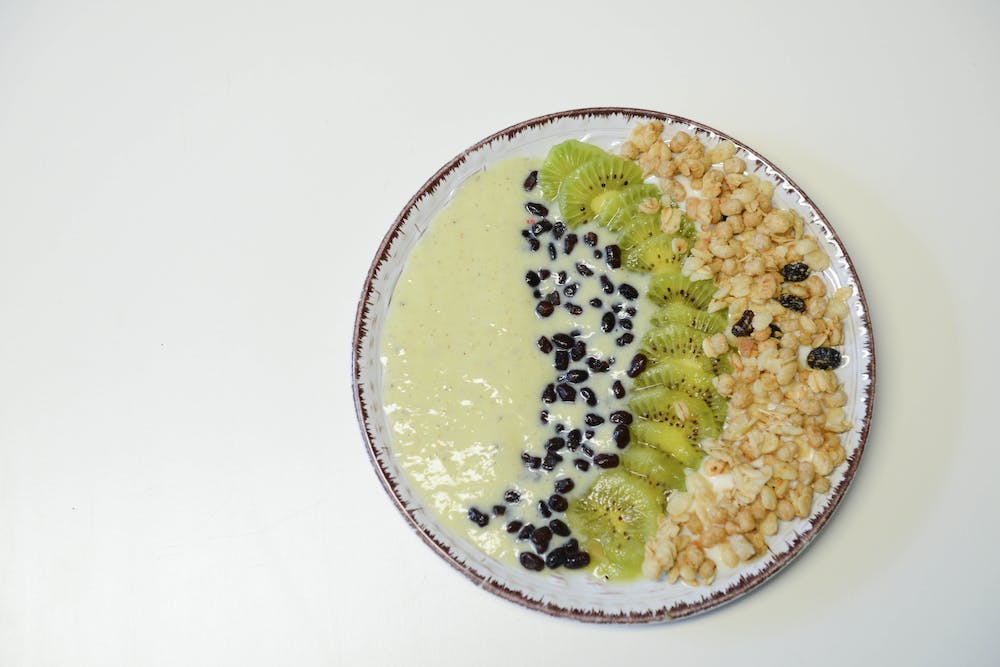Meal Planning for Fitness: Fueling Workouts and Supporting Exercise Goals
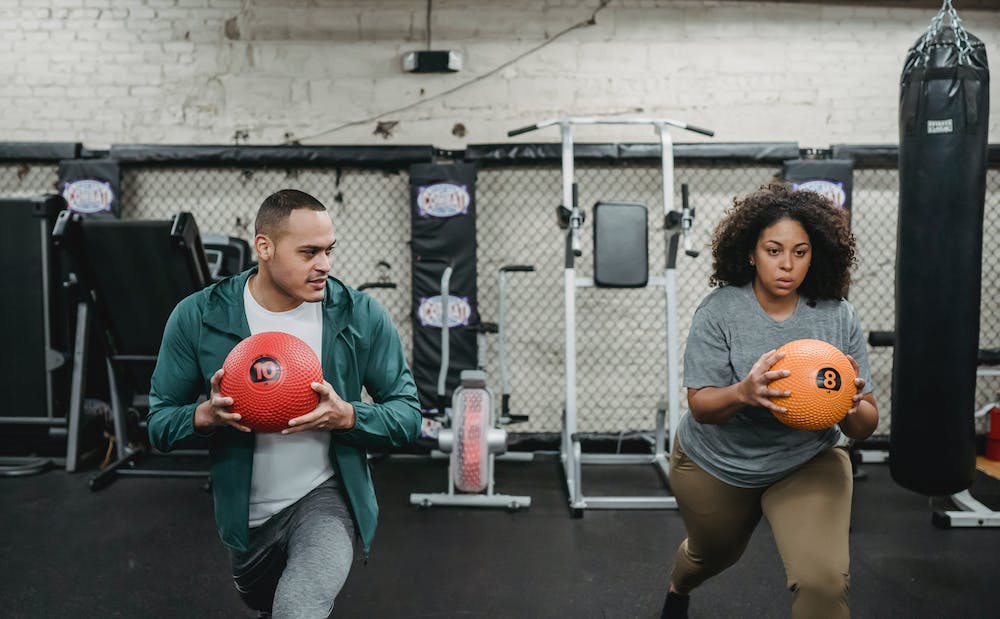 If you’re serious about fitness, you know that exercise is only one part of the equation. What you eat before, during and after your workouts can make a huge difference in your performance, recovery and results. That’s why meal planning for fitness is so important. In this blog post, we’ll share some tips and ideas on how to plan your meals around your exercise goals, whether you want to lose weight, build muscle, improve endurance or just feel better.
If you’re serious about fitness, you know that exercise is only one part of the equation. What you eat before, during and after your workouts can make a huge difference in your performance, recovery and results. That’s why meal planning for fitness is so important. In this blog post, we’ll share some tips and ideas on how to plan your meals around your exercise goals, whether you want to lose weight, build muscle, improve endurance or just feel better.
 Why Meal Planning for Fitness Matters
Why Meal Planning for Fitness Matters
 Eating the right foods at the right times can help you:
Eating the right foods at the right times can help you:
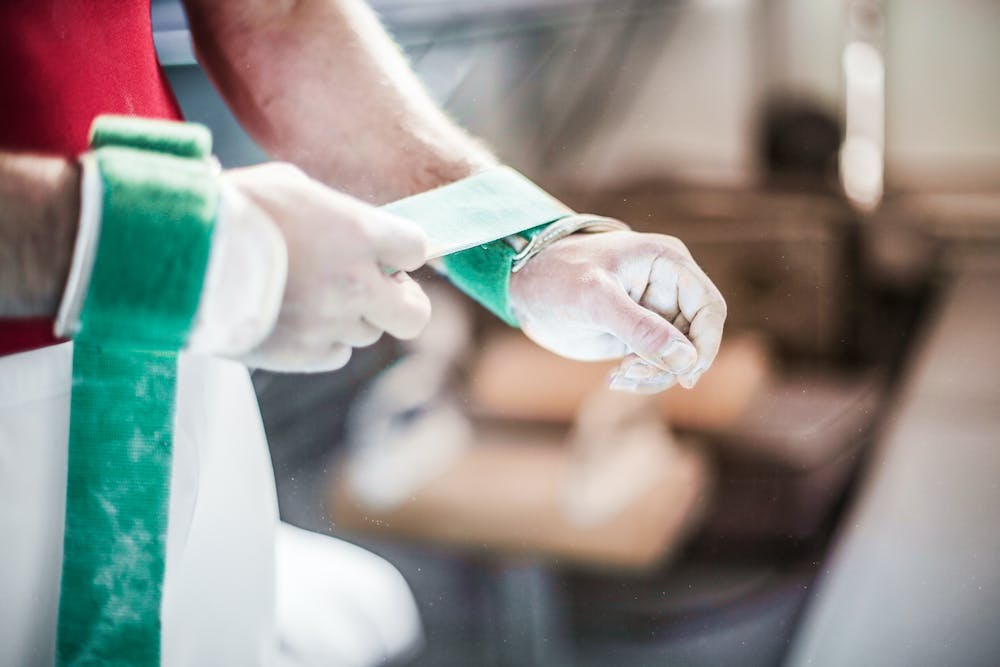 – Boost your energy levels and prevent fatigue during your workouts
– Boost your energy levels and prevent fatigue during your workouts
– Provide your muscles with the nutrients they need to repair and grow
– Prevent muscle breakdown and promote muscle synthesis
– Reduce inflammation and soreness
– Enhance your immune system and prevent infections
– Support your hormonal balance and mood
– Optimize your body composition and metabolism
 How to Plan Your Meals for Fitness
How to Plan Your Meals for Fitness
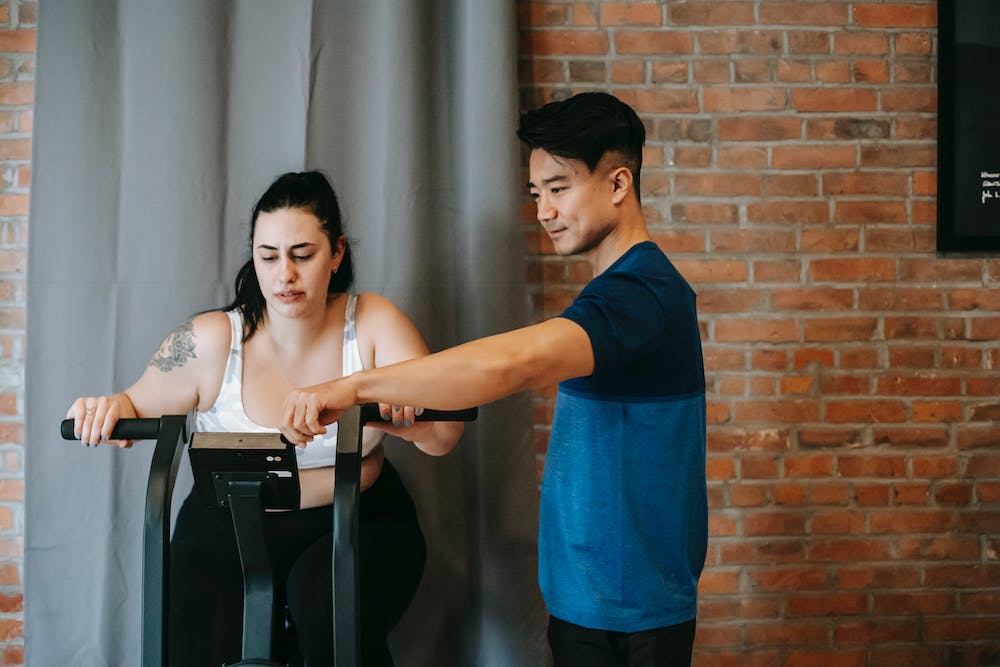 There is no one-size-fits-all approach to meal planning for fitness, as everyone has different needs, preferences and goals. However, there are some general guidelines that can help you create a balanced and effective meal plan:
There is no one-size-fits-all approach to meal planning for fitness, as everyone has different needs, preferences and goals. However, there are some general guidelines that can help you create a balanced and effective meal plan:
 – Aim for a mix of high-quality protein, complex carbohydrates and healthy fats in every meal and snack. Protein is essential for muscle repair and growth, carbohydrates provide energy and replenish glycogen stores, and fats support hormone production and cell function.
– Aim for a mix of high-quality protein, complex carbohydrates and healthy fats in every meal and snack. Protein is essential for muscle repair and growth, carbohydrates provide energy and replenish glycogen stores, and fats support hormone production and cell function.
– Adjust your portions and timing according to your workout intensity, duration and type. As a rule of thumb, eat a larger meal 3 to 4 hours before a long or intense workout, a smaller meal or snack 1 to 2 hours before a moderate or short workout, and a recovery meal or snack within 30 minutes after any workout.
– Choose nutrient-dense foods that are rich in vitamins, minerals, antioxidants and phytochemicals. These include fruits, vegetables, whole grains, legumes, nuts, seeds, lean meats, eggs, dairy products and fish. Avoid processed foods that are high in sugar, salt, trans fats and additives.
– Drink plenty of water throughout the day and especially before, during and after your workouts. Water helps regulate your body temperature, transport nutrients and oxygen, flush out toxins and waste products, lubricate your joints and prevent dehydration.
– Experiment with different foods and combinations to find what works best for you. Some people may prefer a liquid meal or snack before a workout, such as a smoothie or a protein shake. Others may do better with solid foods, such as a sandwich or a salad. Listen to your body and pay attention to how you feel.
 Meal Planning for Fitness Examples
Meal Planning for Fitness Examples
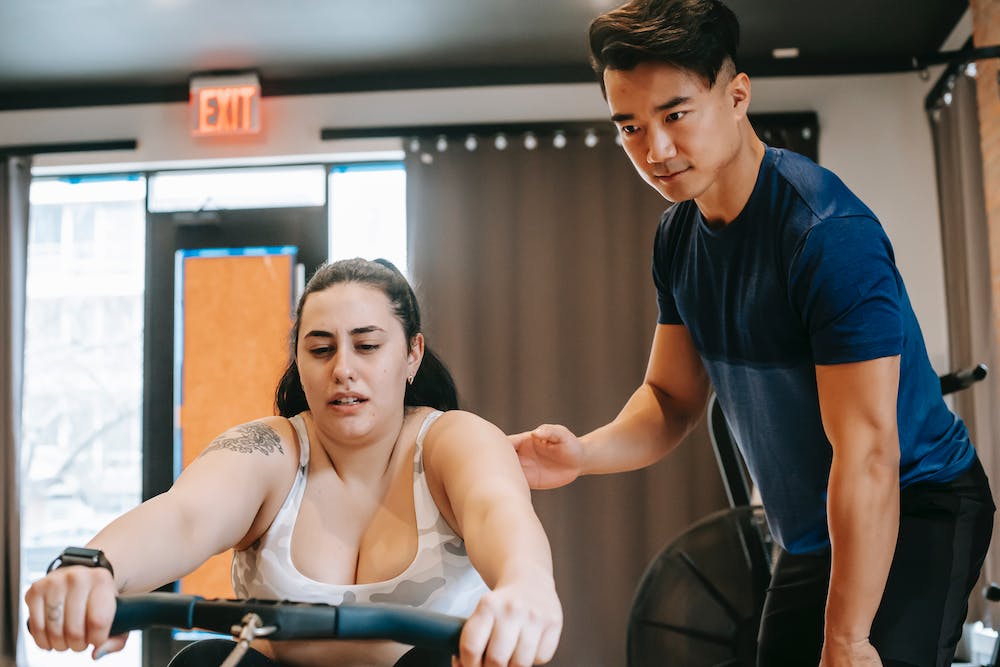 To give you some inspiration, here are some examples of meals and snacks that you can include in your meal plan for fitness:
To give you some inspiration, here are some examples of meals and snacks that you can include in your meal plan for fitness:
 – Breakfast: Oatmeal with fresh berries, nuts and seeds; scrambled eggs with whole wheat toast and avocado; Greek yogurt with granola and fruit; banana pancakes with peanut butter and honey.
– Breakfast: Oatmeal with fresh berries, nuts and seeds; scrambled eggs with whole wheat toast and avocado; Greek yogurt with granola and fruit; banana pancakes with peanut butter and honey.
– Lunch: Chicken salad with leafy greens, quinoa and dressing; turkey wrap with whole wheat tortilla, cheese, lettuce, tomato and hummus; lentil soup with whole grain bread and butter; tuna sandwich with whole wheat bread, mayo, lettuce and cucumber.
– Dinner: Salmon with roasted vegetables and brown rice; beef stir-fry with broccoli, carrots, mushrooms and noodles; chicken curry with chickpeas, spinach and basmati rice; veggie burger with whole wheat bun, cheese, lettuce, tomato and ketchup.
– Snacks: Apple slices with almond butter; cottage cheese with pineapple chunks; hard-boiled egg with whole wheat crackers; trail mix with nuts, dried fruits and dark chocolate; protein bar or shake.





